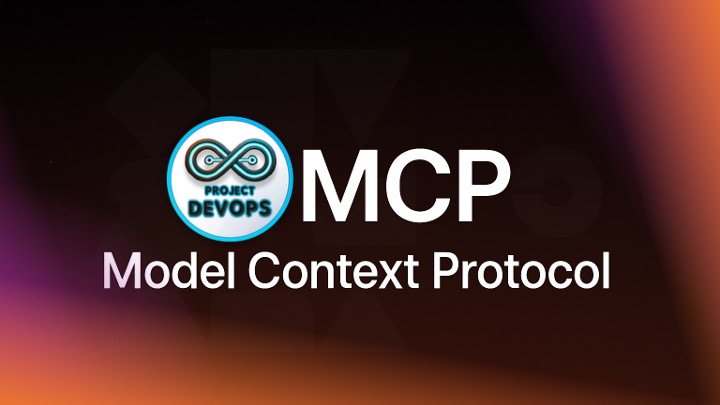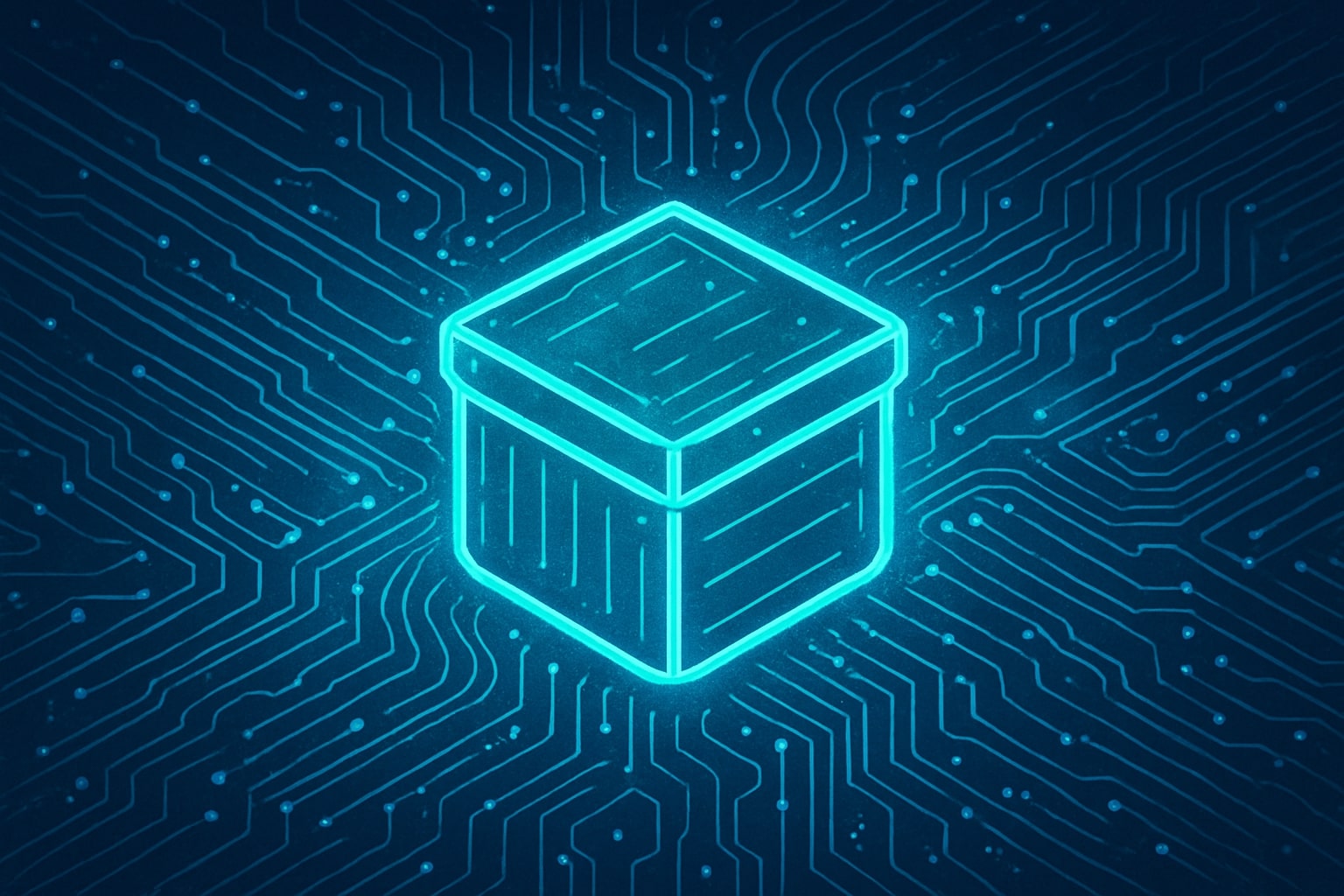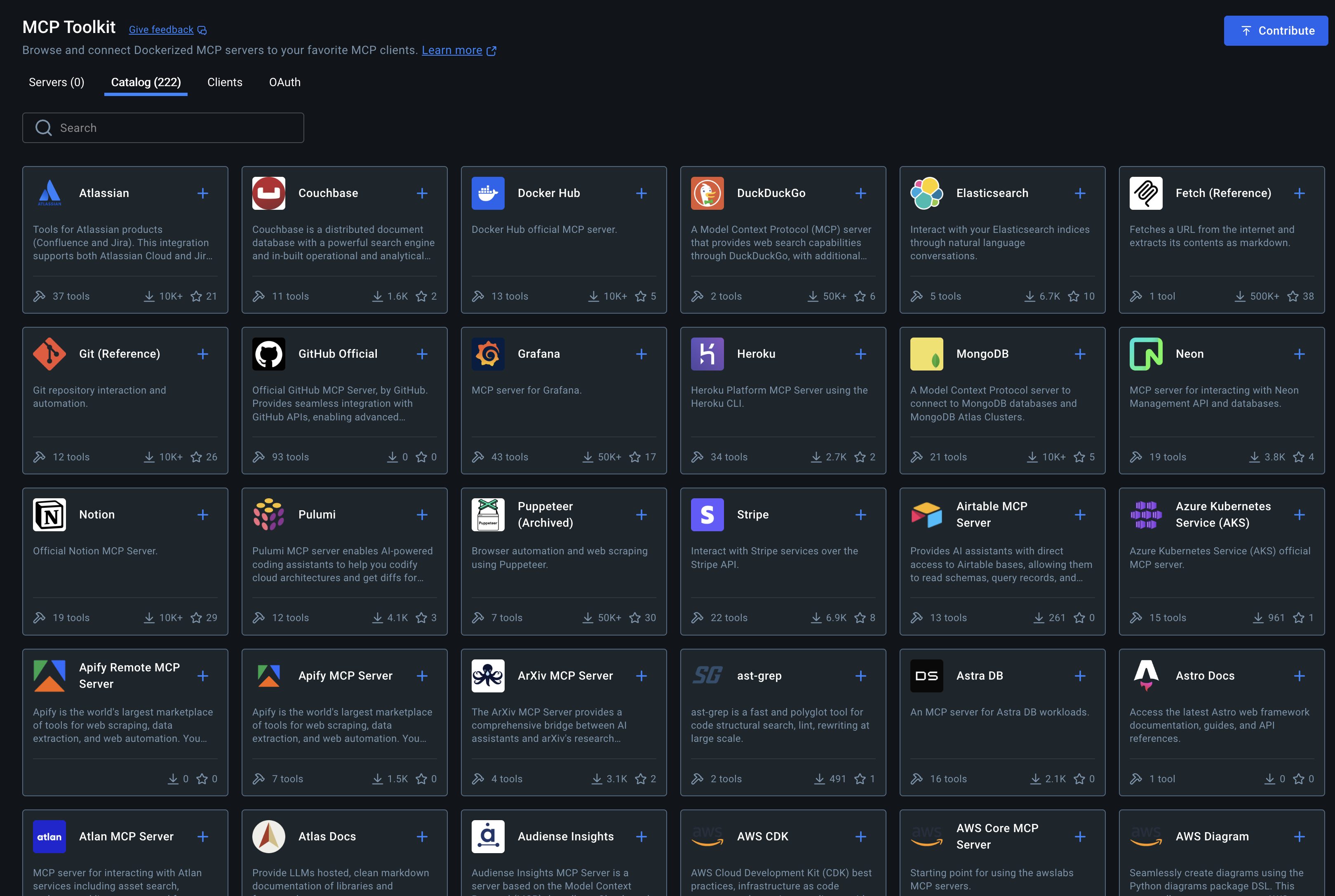The Ultimate Guide to Building AI Agents with GenAI and Agentic AI - from Local to Production

Artificial Intelligence is rapidly evolving from simple predictive models to autonomous, reasoning systems that can perform tasks, make decisions, and even collaborate with humans. This evolution is often described as Agentic AI — where Large Language Models (LLMs) don’t just generate responses but act as intelligent agents that plan, execute, and adapt.
If you’ve ever wondered how to build your own AI agent from scratch, train it with your own data, and deploy it into production, this guide is for you. We’ll go from basics to advanced, covering theory, tools, databases, deployment strategies, and real-world use cases.
1. What is an AI Agent?
An AI Agent is a software entity that:
Perceives: Understands input (text, voice, API, database).
Thinks: Uses reasoning or LLMs to decide what to do.
Acts: Calls tools, APIs, databases, or executes code.
Learns: Improves from feedback and history.
Unlike a simple chatbot, an agent can autonomously complete tasks.
Example: Instead of "What’s the weather in New York?" returning text, an agent would call a weather API, retrieve real data, and format a useful answer.
2. System Requirements (Before You Begin)
Depending on whether you want to run local models or use cloud APIs, system requirements differ.
For Local Development (using HuggingFace, Ollama, etc.)
OS: Ubuntu 22.04 / macOS / Windows 11
CPU: 8+ cores recommended
RAM: 16GB+
GPU (Optional but preferred): NVIDIA RTX 3060/3070+ (8–12GB VRAM)
Storage: 50GB free SSD
Python: 3.10+
For Cloud/Production (AWS/GCP/Azure)
t3.large (for lightweight agents, 2 vCPU, 8GB RAM)
g4dn.xlarge (for GPU inference with small models)
EKS/Kubernetes cluster for scaling multiple agents
Docker & Docker Compose for containerization
💡 If you’re experimenting, you can start with your laptop + OpenAI API and later scale to GPU servers.
3. Core Components of an Agentic AI System
To design an agent, you need the following layers:
LLM Engine
GPT, Gemini, Claude, LLaMA, Mistral, etc.
Provides reasoning & generation.
Memory
Short-term (conversation context).
Long-term (vector databases: Pinecone, FAISS, Weaviate).
Tools & Plugins
APIs (weather, finance, flights).
Python/JS execution.
Database queries.
Planner
Breaks user request into steps.
E.g., LangChain agents, AutoGPT, CrewAI.
Feedback Loop
Self-evaluates & retries failed tasks.
4. Building Your First AI Agent (Step-by-Step)
We’ll start with a simple agent in Python that can search the web and summarize.
Install Dependencies
pip install langchain openai faiss-cpu requestsCode Example
from langchain.agents import initialize_agent, Tool
from langchain.llms import OpenAI
import requests
# Step 1: Define the LLM
llm = OpenAI(temperature=0)
# Step 2: Define a Tool
def search_web(query):
response = requests.get(f"https://api.duckduckgo.com/?q={query}&format=json")
return response.json().get("AbstractText", "No info found.")
tools = [
Tool(name="Web Search", func=search_web, description="Use for general search")
]
# Step 3: Initialize Agent
agent = initialize_agent(tools, llm, agent="zero-shot-react-description", verbose=True)
# Step 4: Run
print(agent.run("Who is the CEO of Google?"))✅ This is a stateless agent. Next, we’ll add memory and databases.
5. Adding Memory (Short-Term & Long-Term)
Short-Term (Conversation Context)
from langchain.memory import ConversationBufferMemory
memory = ConversationBufferMemory(memory_key="chat_history")
agent_with_memory = initialize_agent(
tools, llm, agent="conversational-react-description",
memory=memory, verbose=True
)
agent_with_memory.run("Who is Sundar Pichai?")
agent_with_memory.run("What company does he work at?")Now the agent remembers past interactions.
Long-Term (Vector Database for Knowledge)
Install FAISS:
pip install faiss-cpuStore documents:
from langchain.vectorstores import FAISS
from langchain.embeddings.openai import OpenAIEmbeddings
docs = ["Sundar Pichai is CEO of Google.", "Satya Nadella is CEO of Microsoft."]
embedding = OpenAIEmbeddings()
db = FAISS.from_texts(docs, embedding)
query = "Who leads Google?"
docs = db.similarity_search(query)
print(docs[0].page_content)This lets the agent query a database of knowledge.
6. Training Agents with Your Own Data
If you want your agent to answer from your database (e.g., company policies, product docs):
Collect documents (PDFs, Word, CSV).
Use text splitter to chunk into paragraphs.
Convert chunks into embeddings using OpenAI / HuggingFace.
Store in vector DB (Pinecone, Weaviate, FAISS).
At query time → embed question → search DB → feed results into LLM.
This is called Retrieval-Augmented Generation (RAG).
7. Advanced Agents: Multi-Step Reasoning
Example:
“Book me a flight to Bangalore and then send details to my email.”
Steps:
Call flight API.
Extract booking info.
Call Gmail API to send mail.
Frameworks like LangChain Agents or CrewAI orchestrate this automatically.
8. Deploying Your Agent
Option 1: FastAPI (for REST API)
pip install fastapi uvicornfrom fastapi import FastAPI
app = FastAPI()
@app.post("/ask")
async def ask_agent(query: str):
return {"response": agent.run(query)}Run:
uvicorn main:app --reloadOption 2: Dockerize It
Dockerfile:
FROM python:3.10-slim
WORKDIR /app
COPY requirements.txt .
RUN pip install -r requirements.txt
COPY . .
CMD ["uvicorn", "main:app", "--host", "0.0.0.0", "--port", "8000"]Build & Run:
docker build -t ai-agent .
docker run -p 8000:8000 ai-agentOption 3: Deploy to Cloud
AWS ECS / Fargate – Serverless containers.
GCP Cloud Run – Auto-scaled containers.
Kubernetes – For large-scale agent orchestration.
9. Real-World Use Cases
Customer Support Agent – Queries DB + answers FAQs.
DevOps Agent – Monitors logs, restarts pods, applies fixes.
Research Agent – Scrapes papers, summarizes, generates reports.
E-commerce Agent – Updates stock, responds to customer queries.
Healthcare Agent – Suggests treatments based on clinical DB.
10. Best Practices for Agent Development
Guardrails → Restrict what tools the agent can access.
Evaluation → Use test prompts to measure reasoning.
Feedback Loops → Implement retries & self-correction.
Human-in-the-Loop → Keep humans for critical tasks.
Scalability → Use caching, embeddings, and GPUs.
11. Future of Agentic AI
Agentic AI will shift us from:
Static chatbots → Dynamic problem solvers.
Reactive AI → Proactive, autonomous assistants.
Single-task AI → Multi-task, multi-agent collaborations.
Imagine a DevOps Agent that monitors your Kubernetes cluster, applies patches, and optimizes scaling—before issues even occur.
Conclusion
We’ve gone from:
Basics (What is an agent?)
System setup (requirements, dependencies).
Building an agent (code examples).
Databases & memory (FAISS, Pinecone).
Training on your own data (RAG).
Deployment (FastAPI, Docker, Cloud).
Advanced use cases (multi-agent systems).
The journey to Agentic AI is about combining Generative AI with tools, memory, and planning. Start small, expand with databases, and finally deploy in production.
The future belongs to autonomous AI systems that don’t just think — they act.
Comments (0)
No comments yet. Be the first to share your thoughts!


